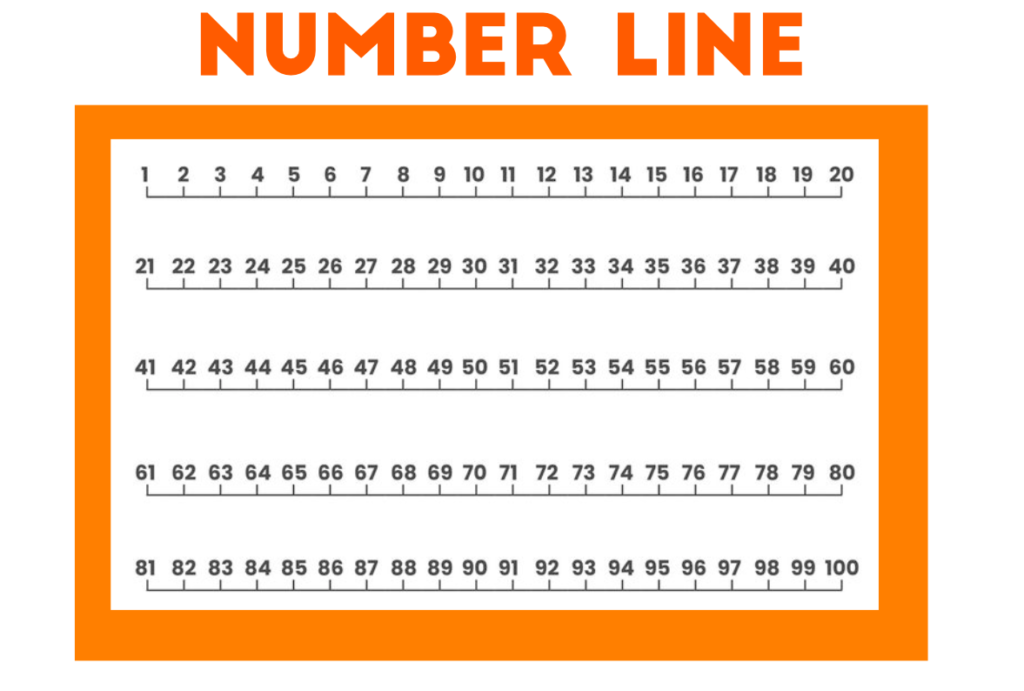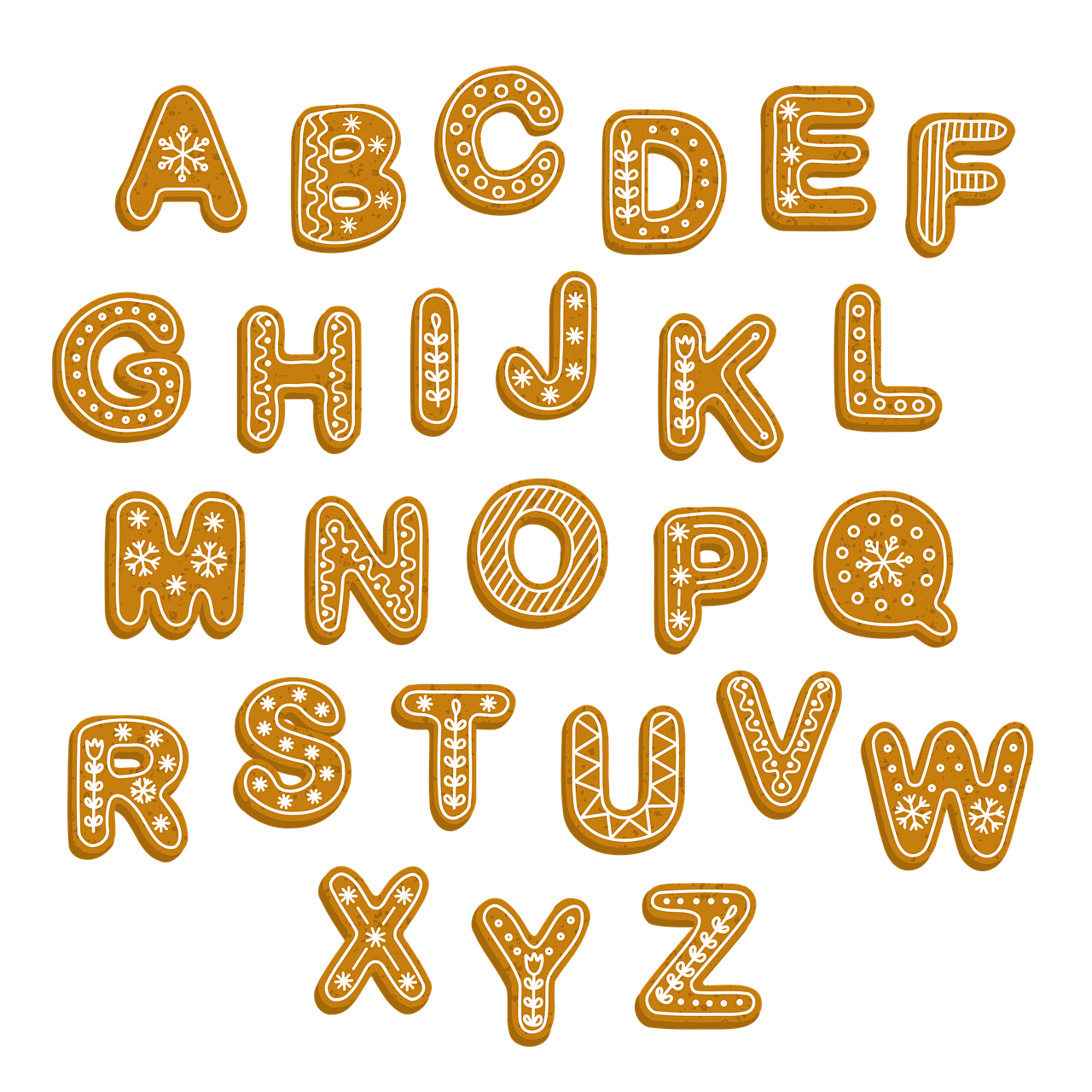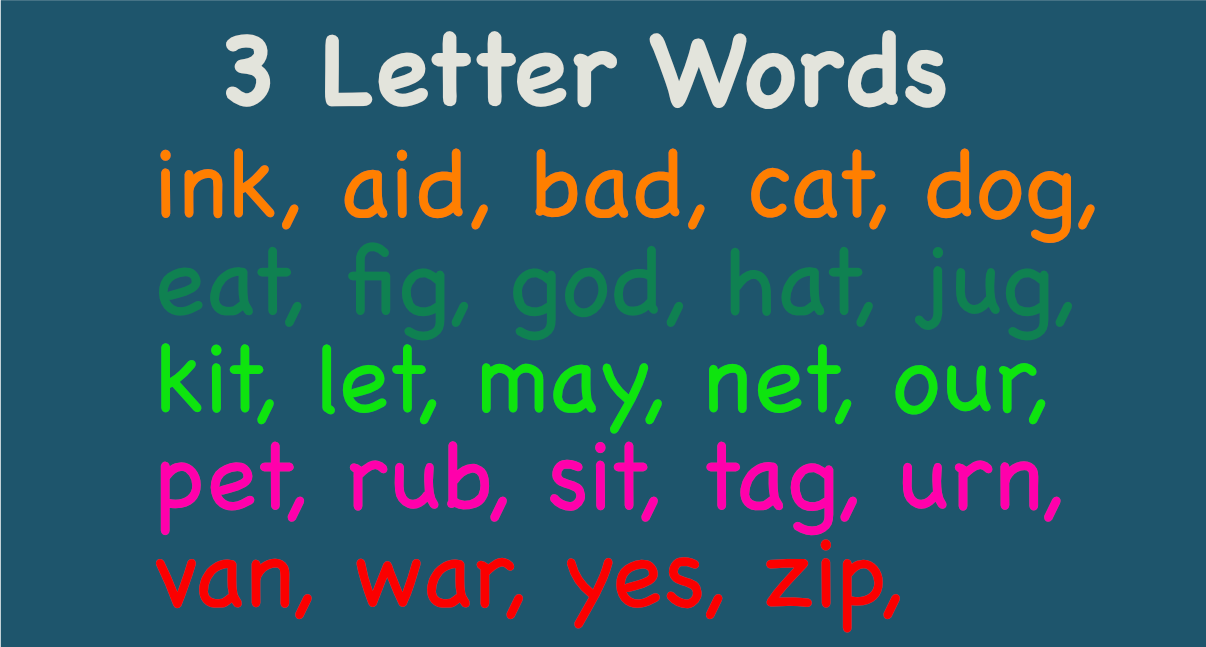
Teaching your child to learn numbers can be challenging. However, there are many fun and effective strategies for teaching your child to recognize numbers. Some of these methods are hands-on, such as using math manipulatives.
Others include games and nursery rhymes. You can choose the best approach for your child based on their interests and stage of learning.
Contents
- 1 Hands-On Learning
- 2 Use Number Rhymes Or Songs
- 3 Hands-on Learning is The Best Way to Teach Numbers
- 4 Use Books With Illustrations
- 5 One-to-One Correspondence
- 6 Using Math Manipulatives
- 7 Use Math Counters to Teach a Child Numbers
- 8 Using A Number Of The Day Routine
- 9 Use The Number of Day Routine
- 10 Toddlers have Short Attention Spans
- 11 Using Nursery Rhymes
- 12 Using Skywriting
Hands-On Learning
Using hands-on learning to teach a child to know numbers is an effective way to increase their knowledge of the subject. A child will understand the importance of order and the value of numbers as they progress through the learning process.
The process of learning to count includes memorizing names of numbers in sequence and recognizing the value of objects by sight.
Use Number Rhymes Or Songs
One of the easiest ways to teach a child to recognize numbers is with number rhymes or songs. It is especially helpful if the song includes pictures of fingers, since children will relate each number to the number of fingers.
Another effective method is to give kids hands-on number toys, which allow them to manipulate the objects and make connections between the shapes and numbers.
Hands-on Learning is The Best Way to Teach Numbers
Hands-on learning is an excellent way to foster creativity. This type of learning helps kids connect with the real world. For example, if a child is learning about colors, they can use a paintbrush to make a collage. That way, when they see a piece of art or a group of paper clips, they will remember what they learned.
Use Books With Illustrations
Another way to teach a child to learn numbers involves using books with illustrations that help children recognize and understand numbers.
Children can also practice their number sense by doing activities that involve using concrete objects and recognizing groups of objects. They can also play with loose parts and practice number formation.
One-to-One Correspondence
When a child is old enough to understand a reasonable number, he or she can start focusing on the one-to-one correspondence that is more accurate and a better indicator of their understanding of numbers. Introduce this concept early, so that a child will naturally learn to relate objects to one another through play.
Using Math Manipulatives
Using math manipulatives can be an excellent way to help your child learn numbers. These tools act as a base reference, which can help you understand your child’s reasoning and counting intentions.
Using these tools can also help you understand the concepts behind the numbers your child is learning.
A great tool to start with is a set of base ten blocks. These are especially useful for teaching a child about place value, as they can be used to show the value of different digits of a number. You can also use these to teach addition and subtraction with regrouping.
Using math manipulatives is a great way to engage a child with math, as it is more enjoyable for them to learn new concepts. The use of math manipulatives is also an excellent way to build relationships with your child, which is crucial for developing math fluency.
Children can build sets of 4 by using different materials, such as blocks, and then draw a pictorial representation. As they build up their number sense, they can move to abstract written numbers. Once they can use abstract written numbers and number symbols, they are ready to move on to more abstract concepts.
Use Math Counters to Teach a Child Numbers
Math counters are another useful math manipulative. These come in different colors, and are easy to use. Students can practice counting by one or two and analyze the amount of each reward. This builds their math intelligence and helps them understand the concept of counting by one.
Math manipulatives can be found in many places, from teacher supply stores to online stores. Many of these stores carry quality math manipulatives, but the price tag can be high.
However, if you are a budget-conscious parent, you can use resources like Lakeshore Learning. This online store offers many different types of manipulatives, including inexpensive ones. They also offer fast shipping.
Using A Number Of The Day Routine
Using a number of the day routine can be a great way to teach a child to learn numbers. It’s an easy way to make math fun for your child while at the same time helping them develop their number sense.
There are a number of free printables available that you can use to help you start your child on the path to number sense. You can also make a poster for each day of the week and use it to assess your child’s progress.
Use The Number of Day Routine
A number of the day routine can also help children learn how to recognize numbers in the context of everyday life. For instance, you can group snack items according to how many crackers they contain. Another fun way to help your child learn about number composition is by allowing them to work with identical objects that have different shapes or features. You can also allow your child to practice number composition during center time and by creating math problems.
Toddlers have Short Attention Spans
It’s important to remember that toddlers have short attention spans and need creative ways to learn how to count. The most important step is modeling for your child and continuing to do so regularly. You can also play with food items with your child so they can touch the objects you are counting with.
As your child grows older, you can move on to bigger numbers. You can start with numbers as low as three and build up from there. Then, you can progress to five or even ten. While you’re working on larger numbers, make sure you test your child on the basic math skills.
Using Nursery Rhymes
Nursery rhymes are an excellent way to help children learn their numbers and letters. They teach children about the sounds of letters, consonants, and the order of the letters in words.
They also help children develop their auditory skills, which is crucial for developing literacy. Additionally, nursery rhymes teach children about the importance of 1-2-step directions, gross and fine motor skills, and a wide variety of other skills.
Nursery rhymes are also helpful in helping children learn counting by giving them a sense of sequential order. They also help children learn about counting in different ways. For example, they can help a child learn to count by showing him or her a certain number on their fingers.
They can also help a child learn about the order of things in a story, which will help them understand the story and link one number to another.
Nursery rhymes are also an excellent way to teach a child about weather and time. Some of the most popular nursery rhymes also include weather facts.
For example, the popular nursery rhyme “Jack and the Beanstalk” can teach a child how to count the sun, moon, and stars. If you want to teach your child about numbers in a fun way, you can use plastic pails and create a fun play environment using plastic pails.
Another good nursery rhyme for teaching numbers is Wheels on the Bus. This popular song has been around since 1939, and has many different variations.
You can play along with the lyrics or teach the song with a spinning clock. Using a paper plate and spinner clock can help your child learn about numbers without overpowering them.
Using Skywriting
Using skywriting to teach a child the numbers 0 to 10 can be a fun way to help them learn their numbers. The first step is to practice. Ensure that your child has a blank piece of paper and some space to write.
Then, use a mirror to make sure the letter formation is correct. It is very important to practice properly because an incorrect flip can lead to bad habits.
Another multisensory way to teach your child numbers is to let them build shapes. Old construction toys are great for this. They can be used to write numbers or build shapes and letters.
These items will encourage your child to explore their numbers. Alternatively, they can use loose parts to build shapes and numbers.
Once your child has mastered two or three letters, they can move onto learning numbers. For the first step, teach them the first letter of their name. This way, they will learn how to write that letter with the right strokes. For example, if your child’s name is Lucy, they should be shown how to trace the letter L using their index finger.
The next step is to practice skywriting. This can be done on the floor or in the air. The child can pretend to spray different materials while practicing the technique. This will allow them to associate the sounds with the letters, which they will later use to form the letters on the paper.



